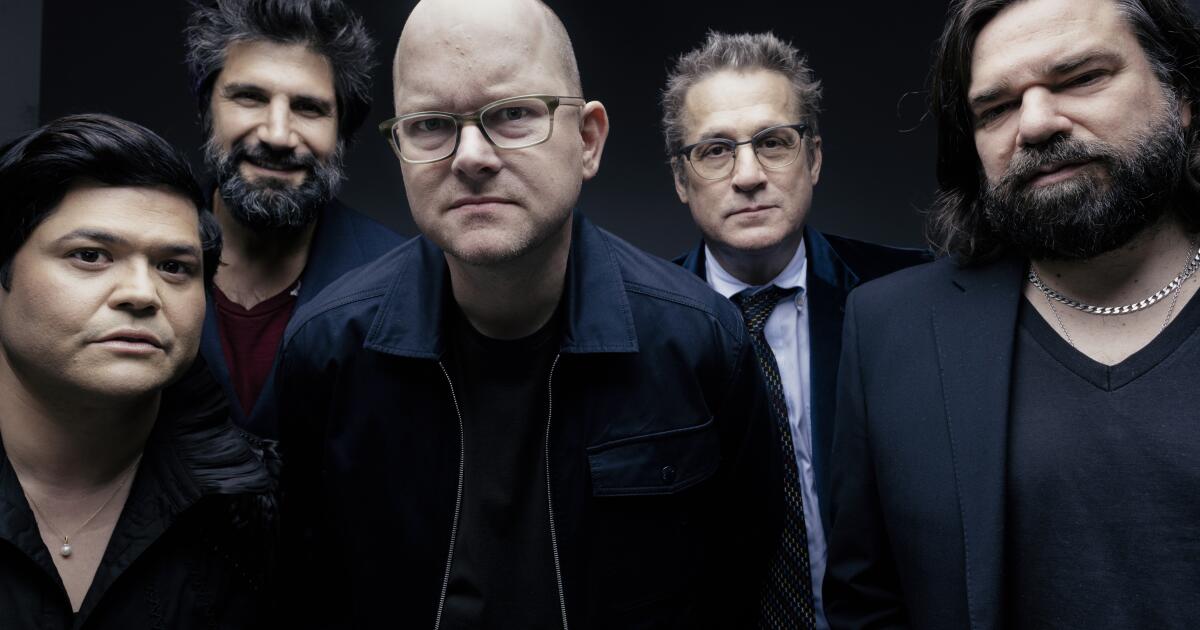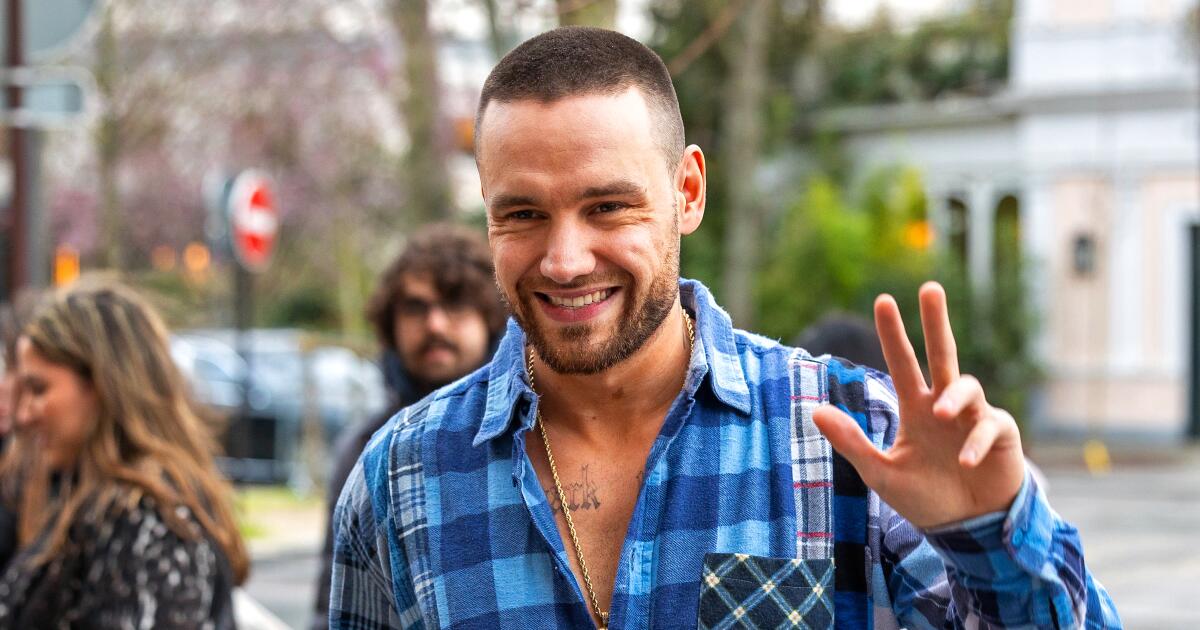
Nadja (Natasia Demetriou) and her doll, which is inhabited by the spirit of her former human self.
(Russ Martin / FX)
The lone woman residing at the vampire house, Nadja grew up as a poor peasant girl on the island of Antipaxos. Now 500 years later, she’s tried her hand at various careers such as becoming a member of the vampiric council — the governing body in the vampire world — and owning a nightclub, always with an eye towards climbing the vampire social ladder.
“She’s a very strong, confident, stupid woman, which is a dream,” Demetriou said. “For humans, if you have to burn your club down for the insurance money, that’s probably going to be a life-altering event in your life. But for Nadja it’s just like, ‘Oh, well, on to the next.’ ”
Having been turned into a vampire at a young age, Nadja seems to be the most curious about humans. She’s also in regular contact with the spirit of her former human self, who now resides in a doll that looks like her. The Nadja doll was introduced in Season 2 but has been involved in plenty of her own storylines since.

Natasia Demetriou on her character, Nadja: “She’s a very strong, confident, stupid woman, which is a dream.”
(Russ Martin / FX)
Demetriou: Everyone’s got a really fun bit in the episode [“Ghosts”] because we all meet our ghost counterpart of our previous lives. When the doll came to set, it was so realistic and amazing. I’m pretty sure there were no plans to have the doll continue in the show. It was seeing it on set and how amazing it was and how it really, in a weird way, fit into the world that the decision was made to keep the doll around. She really nailed it. She went from guest to reccurring in a matter of seconds.
Simms: It was absolutely planned to be just a one-time joke in that episode. Paul Jones, our prosthetics builder, made such a great doll. We just slowly kept adding her to other episodes. There’s also little details that the costume designer Laura Montgomery did, like she’s always wearing a version of what Nadja’s wearing, but smaller. It’s not easy shooting the Nadja doll because she requires some puppeteers and things like that, but it’s just a fun character. So many things on the show were originally one-time jokes that we enjoyed so much that we just kept doing them.
Demetriou: The moment I saw [the doll], I was like “She’s my baby.” But it’s sort of symbolic. It was like loving yourself, loving your previous self — in a doll form. That’s a bizarre thing to say. I found it really easy [to act with the doll] because of the puppeteers, she really does move. It’s not CGI. Her eyes move, her hands move. When they have her walking, they use this rig to get her walking.






